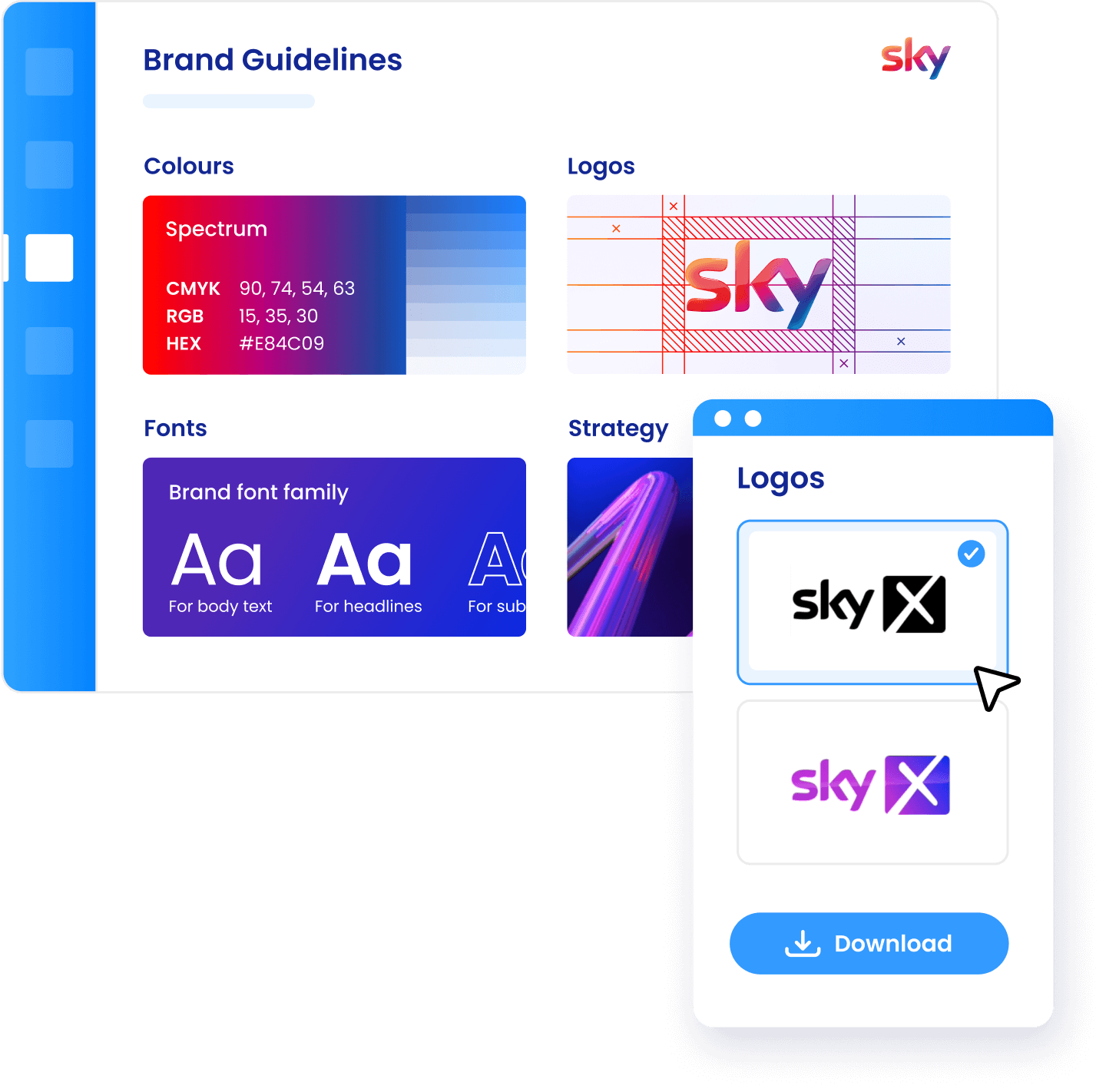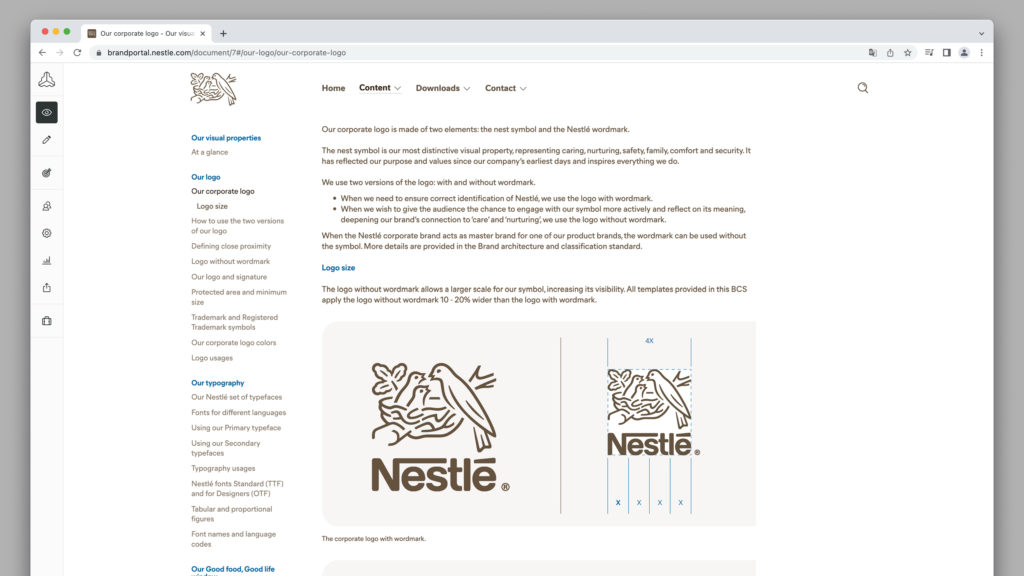In today’s fast-paced and ever-evolving business landscape, branding has undergone a significant transformation. As markets become increasingly saturated and consumer choices multiply, the need for intelligent branding strategies has become paramount. This shift has given rise to centralized brand portals, revolutionizing how companies approach brand management. Let’s explore the relevance of this concept while developing branding strategies.

The Rise of Centralized Brand Portals
Centralized brand portals, exemplified by platforms like Frontify, have emerged as a robust solution for companies seeking to manage their brand effectively. These platforms integrate various aspects of brand management, including Digital Asset Management (DAM), brand guidelines, and templates, into a single, collaborative environment. This integration facilitates a streamlined workflow, enabling businesses to maintain a consistent brand identity across all channels and touchpoints.

The intuitive design and user-friendly interface of these platforms make them accessible to all team members, fostering collaboration and ensuring alignment with the brand’s vision. This accessibility is crucial in today’s fast-paced market, where the ability to quickly adapt and respond to consumer trends can provide a significant competitive advantage.
The Hallmarks of Modern Brand Management
One of the primary benefits of using a centralized brand portal is the significant reduction in time and resources required to create and publish marketing assets. Features such as expedited content approvals, easy sharing capabilities, and role-based permissions enhance productivity and accelerate the branding process.

This efficiency is exemplified by Uber’s implementation of a brand hub on Frontify in 2019. The ride-sharing giant was able to consolidate its branding efforts across multiple brands within a single platform, streamlining its marketing operations and maintaining a cohesive brand identity. Similarly, Nestlé has leveraged Frontify to centralize its brand guidelines and create dedicated sub-portals for its various product brands, allowing for a tailored approach that maintains core brand elements while catering to the unique needs of each product line.

The Power of Centralized Branding
The implementation of centralized brand portals extends beyond individual companies to global corporations with vast networks. Kuehne+Nagel, a logistics company, successfully rolled out its brand portal across 1,300 locations. This move has enabled the company to maintain brand consistency across its extensive network, providing employees and partners with the necessary templates and guidelines to represent the brand accurately.

This level of consistency is crucial in today’s globalized market, where brands must maintain their identity across diverse cultural contexts and geographical locations. Centralized brand portals provide the tools and infrastructure necessary to achieve this level of consistency while still allowing for localized adaptations where necessary.
The Future of Branding: Technology and Personalization
As we look to the future, the role of technology in brand management is set to become even more pronounced. Advancements in artificial intelligence, machine learning, and data analytics are expected to further enhance the capabilities of brand portals. These technologies will enable brands to personalize experiences, predict consumer behavior, and engage with audiences in more meaningful ways.
The integration of these technologies into brand management platforms will allow for more sophisticated analysis of brand performance, enabling companies to make data-driven decisions about their branding strategies. This could include real-time adjustments to marketing campaigns based on consumer responses, or the automatic generation of personalized content for different audience segments.
The Takeaway
Centralized brand portals have emerged as a vital strategy in modern brand management, providing a single source of truth for brand assets, guidelines, and templates. This strategic approach enables businesses to establish a strong, consistent brand presence, fostering deep emotional connections with their audience and driving brand loyalty for long-term success. As technology advances, the strategic importance of brand portals will only continue to grow, becoming a key differentiator between successful brands and those that struggle to stay relevant. Embracing this strategic approach to brand management will position companies for success in an increasingly competitive and dynamic market, allowing them to thrive and maintain a strong brand presence. By integrating brand portals into their overall strategy, businesses can future-proof their branding and stay ahead of the curve.



